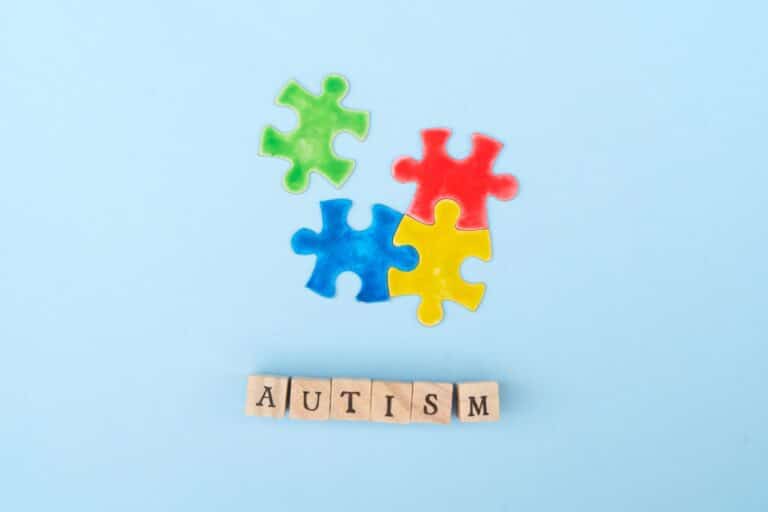As per the recent survey, approximately 14 of every 100 U.S. adults aged 18 years and above (that comprises 13.7%) smoke cigarettes regularly. This shows that an estimation of 34.2 million adults in the United States has smoking cigarettes as part of their routine. These numbers are only increasing, which makes it more urgent than ever to open to discuss these problems and raise awareness about the addictive nature of nicotine.
Tobacco use is the cause of some of the grave preventable diseases and deaths in the United States. This is because once people start consuming nicotine, they cannot resist it. Many people overlook the addictive nature of nicotine and fall prey to it. So, let us look at what makes nicotine so highly addictive.
How Does Nicotine Alter Our Brains?
Firstly, after smoking a cigarette, nicotine mixes entirely with the bloodstream. Once it mixes up with the blood, it enters the brain.
Once it enters the brain, it interacts with many specific regions in the brain that are responsible for the release of a chemical called dopamine.
Dopamine is a chemical that numbs down our sensation to feel pain and pleasures, making us reach a euphoric state of mind, which is practically very difficult to achieve in a healthy state.
Just like any addictive drug causes, even cigarettes-induced dopamine makes the brain fall to complacency to repeat the behavior to reproduce the dopamine. It is this dependence for artificial stimulation of satisfaction that, in the long run, leads to addiction.
The brain produces dopamine on each puff of cigarettes. So, on an average basis, a person takes roughly 15 puffs of cigarettes. Taking the math slightly ahead, a person can take up to 250-300 puffs of cigarettes from one packet. This means it experiences 250-300 hits of dopamine. Hence, it only means that with continuous consumption of cigarettes, the addictive spell only gets multiplied.
Nicotine consists of pharmacokinetic properties. When the body processes them, they contribute further to the addiction. When nicotine-induced smoke enters the lungs, the nicotine mixes in the blood and reaches the brain. Because of this, the nicotine levels have surged with merely 10 seconds of inhalation. However, the critical effects of nicotine also dispel rapidly along with the induced-euphoric feelings.
Hence, the brain keeps on demanding more nicotine to maintain a steady level of euphoria.
Added Effects of Nicotine
Along with these pleasurable effects, nicotine also shoots up the essential aspects associated with cognition. This involves the ability to sustain focus and store information in memory. But with prolonged smoking can cause cognitive fall and expose you to the risk of Alzheimer’s disease.
This is very important to understand that short-term nicotine-induced pleasures have grave long-term consequences that will directly affect your cognitive functioning.
Additionally, it has some severe withdrawal symptoms as well. People who are going through withdrawal from nicotine experience severe neurocognitive imbalances that involve difficulty with attention and memory.
It is only because of these neurocognitive withdrawal symptoms people fall back to their old habits of smoking.
Nicotine also affects various neurotransmitters and their receptors. This leads to many behavioral changes in people subjected to nicotine consumption.
For instance, people who smoke have a thing for the feel, smell, and even look of a cigarette. The basic act of buying a cigarette, handling, lighting, and smoking the cigarette all combine for one singular experience of satisfaction and pleasure.
Nicotine Withdrawal
Over a long period when no nicotine enters your body, you begin to experience intense unpleasant physical and psychological feelings such as strong cravings for nicotine, anxiety, depression, weight gain, headaches, problems concentrating and focusing, drowsiness, impaired sleeping, and feeling tense, restless, or frustrated. These symptoms are all part of withdrawal symptoms.
The degree of these symptoms depends on how long and how intensely you indulged in smoking. These symptoms of nicotine withdrawal show up anywhere from 2 hours to even 2-3 days after your last cigarette.
These side effects are a way of your body, responding to the physical dependence on nicotine. The release of these withdrawal symptoms is a sign showing that you should gradually cut down on the amount of nicotine consumption during this slow quitting process with the help of pharmacological and medical assistance.
These medicines are prescription-based products that do consist of small doses of nicotine that numbs down the intense withdrawal effects that usually affect you during the quitting process.
Conclusion
As we have seen how nicotine can quickly enter your system and enslave you to the addiction, it is crucial to be aware of its dangerously addictive properties. Although it is proven that the initial consumption does not make a person fall to the addiction if one is not mindful about its use, then from being an idle habit, it will soon turn into dependence, eventually tying you down into addiction.






